Differences in Soil Mite Community Structure under Sichuan Pepper Planting Model in the Rocky Desertification Control Area of Huajiang Gorge
DOI: 10.23977/erej.2025.090102 | Downloads: 10 | Views: 891
Author(s)
Yuting Yang 1, Feng Chen 2
Affiliation(s)
1 Institute of Karst Research, Guizhou Normal University, Huaxi District, Guiyang, Guizhou, 550000, China
2 Jianguo Middle School, Zunyi, Guizhou, 563000, China
Corresponding Author
Yuting YangABSTRACT
To understand soil mite community structure and ecological environment under Sichuan pepper cultivation in rocky desertification areas, and to explore the intrinsic mechanisms of soil mites as indicators in the control of rocky desertification. The present study selected the Huajiang Rocky Desertification Comprehensive Control Areas as the research site, with Sichuan pepper fields representing ecological restoration and corn fields representing traditional farming practices. A total of 120 samples were collected from the study areas in July 2024.The results of the study indicated that a total of 4,824 soil mites were captured, classified into three order,69 families, and 120 genera. Of these, 3,538 mites were identified in Sichuan pepper habitats, classified into three order, 66 families, and 118 genera. In the context of Sichuan pepper habitats, there was a notable increase in the number of families, genera, and individual densities of soil mites when compare to those found in corn habitats. Furthermore, the diversity and evenness indices of mites exhibited higher values in Sichuan pepper habitats compared to traditional corn habitats. In terms of similarity indices, the mites in the two habitats exhibited moderate dissimilarity. With regard to similarly indices, the mites in the two habitats exhibited moderate dissimilarity. The findings suggest that the soil mite community structure in Sichuan pepper habitats has undergone changes, resulting in enhanced suitability for soil mite habitation. The rocky desertification area under Sichuan pepper cultivation is in an initial restoration phase, exhibiting signs of relatively improved ecological conditions. However, this study only conducted a differential analysis of the soil mite community structure under Sichuan pepper and corn habitats. Further research is required to ascertain whether changes in the soil mite community structure under these two habitats are correlated with environmental factors.
KEYWORDS
Soil mites, Rocky desertification, Sichuan pepper, soil mite community structureCITE THIS PAPER
Yuting Yang, Feng Chen, Differences in Soil Mite Community Structure under Sichuan Pepper Planting Model in the Rocky Desertification Control Area of Huajiang Gorge. Environment, Resource and Ecology Journal (2025) Vol. 9: 8-23. DOI: http://dx.doi.org/10.23977/erej.2025.090102.
REFERENCES
[1] Wang Shijie. Exploration on the conceptualization of karst desertification and its scientific connotation[J]. China Karst, 2002, (02):31-35.
[2] Xiong Kangning, Chen Qiwei. Discussion on the Evolution Law and Trend of Rocky Desertification Based on Ecological Comprehensive Management [J]. China Karst, 2010, 29(03):267-273.
[3] Hu Tinghui. Research on water-fertilizer coupling mechanism and quality-enhancing technology of loquat in karst rocky desertification management[D]. Guizhou Normal University, 2024.
[4] Zhou Yanyuan. Community structure of soil mites in the vertical zone spectrum of vegetation and its relationship with environmental factors in Shibing Karst World Natural Heritage Site[D]. Guizhou Normal University, 2023.
[5] Tang Rongbin. Research on the prediction of evolution and control strategy of rocky desertification in lands with different habitats in Karst [D]. China University of Geosciences (Beijing), 2021.
[6] Jia Xinglian, Wei Changsheng, Yu Yanghua. Progress and prospect of research on the dry and hot river valley of Huajiang in Qianzhong [J]. Journal of Jishou University (Natural Science Edition), 2024, 45(02):56-62.
[7] Tu Yulin. Ecological and environmental problems and their countermeasures in the karst region of Guizhou[J]. Guizhou Environmental Science and Technology, 2000, (01):1-6.
[8] Xiong Kangning, Zhu Dayun, Peng Tao, et al. Research on eco-industry technology and demonstration for comprehensive management of rocky desertification in karst plateau[J]. Journal of Ecology, 2016, 36(22):7109-7113.
[9] XIONG Kangning, Lai Jiali, ZHANG Yu, et al. Study on effective components of honeysuckle and their relationship with soil nutrients in different grades of rocky desertification in karst area[J]. Chinese Journal of Traditional Chinese Medicine, 2021, 36(06):3142-3146.
[10] Gao Ajuan, Liu Ziqi, Li Yuan, et al. Characteristics of soil moisture changes in different economic woodlands in karst canyon area--A case study of Huajiang Demonstration Area in Guizhou[J]. China Karst, 2020, 39(06):863-872.
[11] LI Kaiping, LIU Ziqi, LI Yuan, et al. Soil quality assessment of pepper forests in karst plateau canyon area[J]. Journal of Forest and Environment, 2020, 40(04):391-397.
[12] Li LJ, Li YR. Ticks and mites [M]. Chongqing: Chongqing Publishing House, 1989.
[13] Wallwork JA. Oribatids in forest ecosystems [J]. Annual Review of Entomology, 1983, 28(01): 109-130.
[14] Maraun M, Scheu S. The structure of oribatid mite communities (Acari, Oribatida): Patterns, mechanisms and implications for future research [J]. Ecography, 2000, 23: 374-383.
[15] CHEN Hu, JIN Daochao, CHEN Hang, et al. Differences in soil mite communities under different vegetation restoration modes in an intensely rocky desertification area [J]. Journal of Ecology, 2018, 38(19):7045-7056.
[16] Zhao Yuluan, Zhao Jia, Li Yuan, et al. Progress of research on Huajiang Karst in Guizhou[J]. Journal of Guizhou Normal University (Natural Science Edition), 2022, 40(05):1-10+132.
[17] Krantz GW,Walter DE.A Manual of Acarology [M].Lubbock,TX: Texasch University Press, 2009.
[18] Yin W-Y. A search illustration of soil animals in China [M]. Science Press, 1998
[19] Yin Suigong. Soil leatherback mites of northeast China [M]. China Agricultural Press, 2013.
[20] Zheng Xiang, Bao Yixin, Kong Junmiao, et al. Large soil fauna of broad-leaved forest in Beishan, Jinhua, China .A preliminary study [J]. Soil, 2005, 37(5):545-550.
[21] Zhou Yuanyuan, Chen Hu, Wei Qiang, et al. Community structure of soil mites in broad-leaved evergreen forests and their response to environmental factors in Shibing Karst Heritage Site[J]. Journal of Ecology and Rural Environment, 2023, 39(04):511-522.
[22] Yeates GW. Abundance, diversity, and resilience of nematode assemblages in forest soils [J]. Canadian Journal of Forest Research, 2007, 37(02): 216-225.
[23] Wei Q. Effects of different grass management modes on soil mite community structure in rocky desertification ecological management area [D]. Guizhou Normal University, 2022.
[24] HAN Xuemei, LI Dandan, LIANG Zian, et al. Impacts of common northern agricultural land use practices on soil mite community structure[J]. Journal of Ecology, 2013, 33(16): 5026-5034.
[25] LI Yufei, ZHENG Chunyan, LI Jijin, et al. Effects of different management modes on soil mite community structure in greenhouse [J]. Journal of Ecology, 2016, 36(12): 3802-3811.
[26] David C, Fu S, Hendrix P, et al. Soil foodwebs in agroecosystems: impacts of herbivory and tillage management[J]. European Journal of Soil Biology, 2002, 38(1): 21-28.
[27] Crotty F V, Fychan R, Scullion J, et al. Assessing the impact of agricultural forage crops on soil biodiversity and abundance [J]. Soil Biology & Biochemistry, 2015, 91: 119-126.
[28] Maribie C W, Nyamasyo G, Ndegwa P N, et al. Abundance and diversity of soil mites (Acari) along a gradient of land use types in Taita Taveta, Kenya [J]. Tropical & Subtropical Agroecosystems, 2011, 13(1): 11-26.
[29] Beare M H, Reddy M V, Tian G, et al. Agricultural intensification,soil biodiversity and agroecosystem function in the tropics: the role of termites [J]. Applied Soil Ecology, 1997, 6: 87-108
[30] Qian Yingqian. Principles and methods of biodiversity research [M]. Beijing: China Science and Technology Press, 1994.
[31] Li Chaopin. Introduction to Chinese Acaridae [M]. Beijing: Science Press, 2016.
| Downloads: | 5909 |
|---|---|
| Visits: | 433580 |
Sponsors, Associates, and Links
-
International Journal of Geological Resources and Geological Engineering
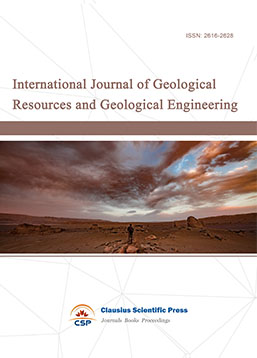
-
Big Geospatial Data and Data Science
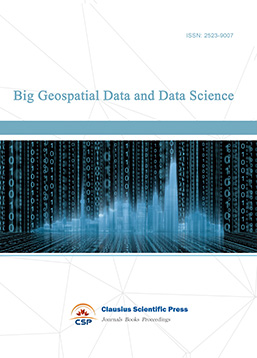
-
Solid Earth and Space Physics
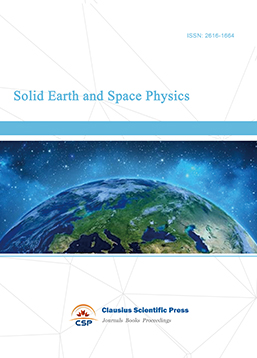
-
Environment and Climate Protection
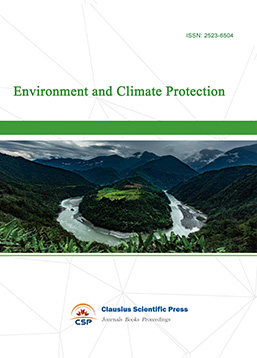
-
Journal of Cartography and Geographic Information Systems
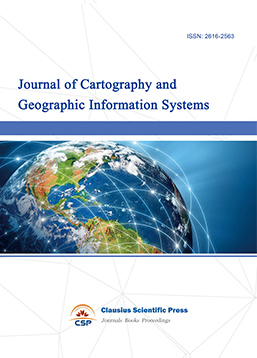
-
Offshore and Polar Engineering
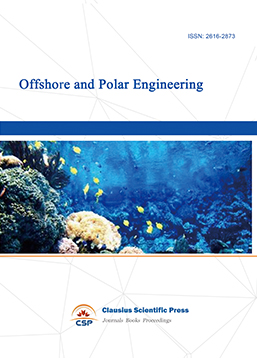
-
Physical and Human Geography
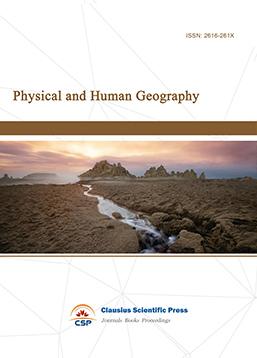
-
Journal of Atmospheric Physics and Atmospheric Environment
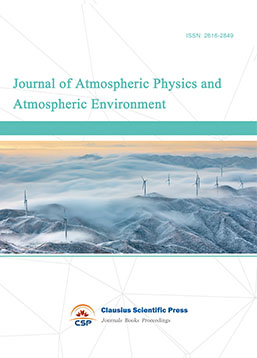
-
Trends in Meteorology

-
Journal of Coastal Engineering Research

-
Focus on Plant Protection

-
Toxicology and Health of Environment
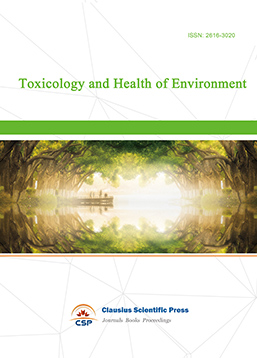
-
Geoscience and Remote Sensing
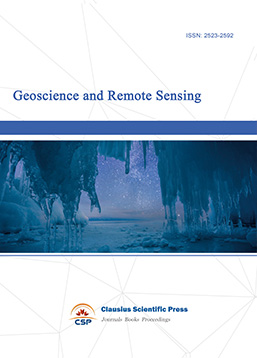
-
Advances in Physical Oceanography
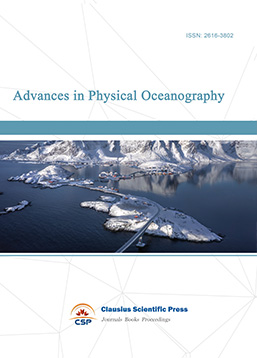
-
Biology, Chemistry, and Geology in Marine
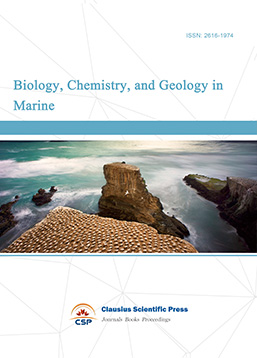
-
Water-Soil, Biological Environment and Energy
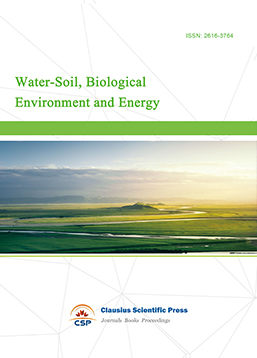
-
Geodesy and Geophysics
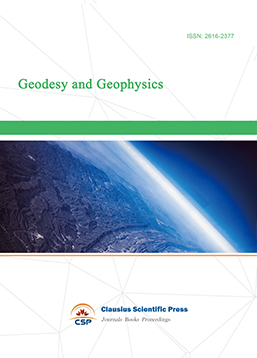
-
Journal of Structural and Quaternary Geology

-
Journal of Sedimentary Geology
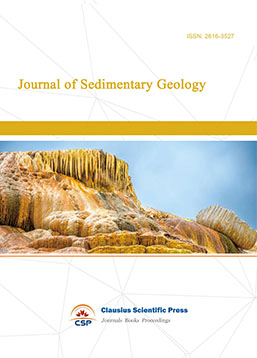
-
International Journal of Polar Social Research and Review
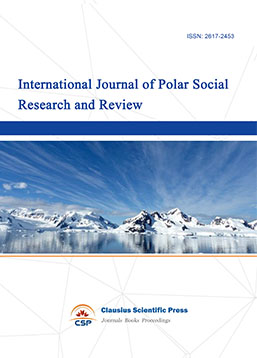

 Download as PDF
Download as PDF